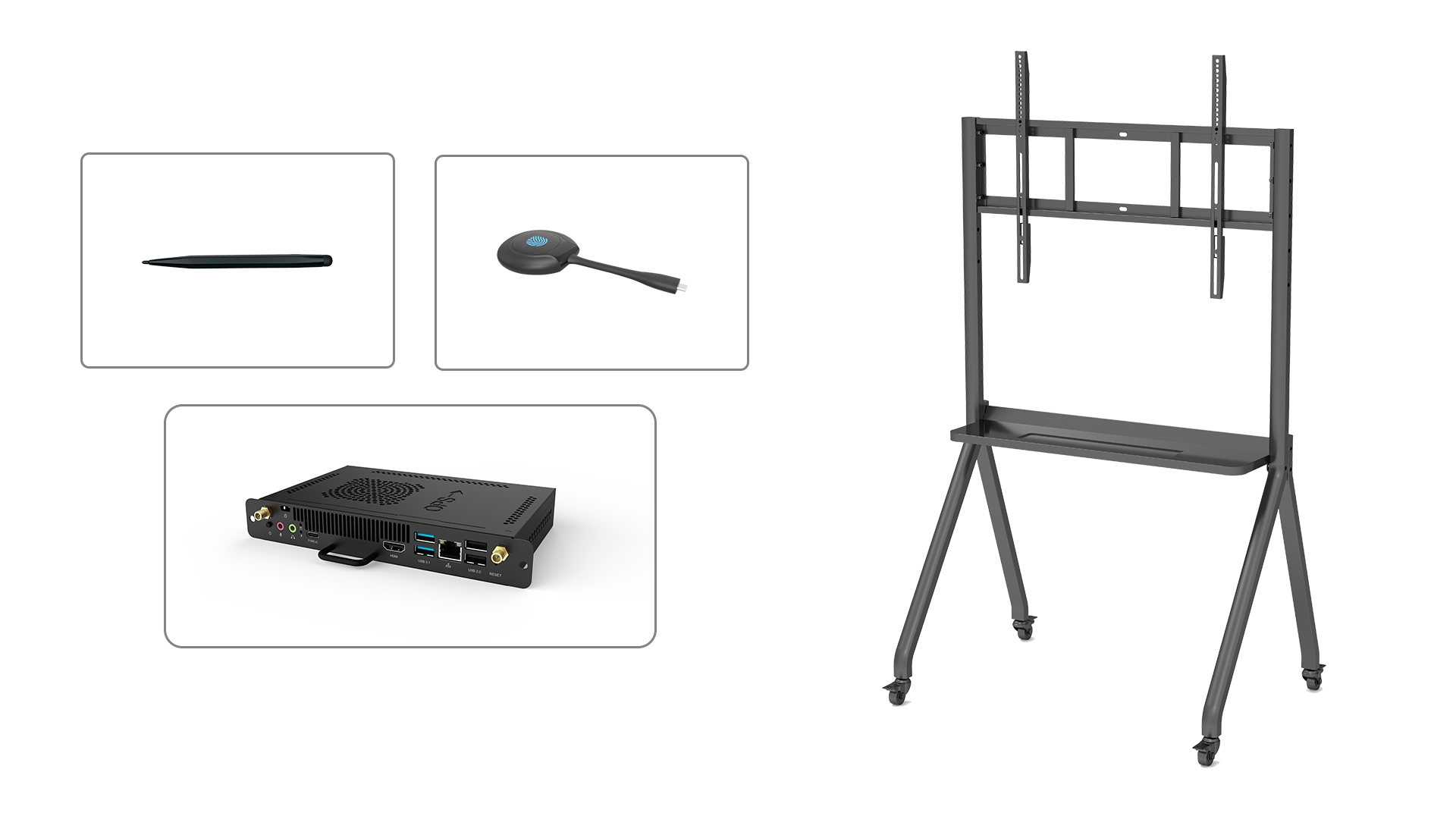As technology continues to advance, so does the learning experience in classrooms. Gone are the days of traditional blackboards and chalk, as schools are now embracing interactive and innovative teaching tools such as smart boards. A smart board, also known as an interactive whiteboard, is a powerful educational tool that combines the simplicity of a whiteboard with the functionality of a computer.
The Benefits of Using a Smart Board for Teaching
Smart boards offer numerous advantages that enhance classroom learning and make lessons more engaging for both teachers and students. Here are some key benefits:
- Interactive Learning: Smart boards allow teachers to create interactive lessons that involve student participation. Students can come up to the board and interact with the content, solving problems, drawing diagrams, and collaborating with their peers.
- Visual and Multimedia Integration: Smart boards enable the integration of various visual and multimedia elements into lessons. Teachers can display images, videos, and animations, making the learning experience more dynamic and captivating.
- Real-Time Feedback: With a smart board, teachers can instantly assess student understanding and provide immediate feedback. They can use interactive quizzes, polls, and games to gauge student comprehension and tailor their teaching accordingly.
- Digital Storage and Sharing: Smart boards allow teachers to save and store lesson materials digitally. This eliminates the need for physical copies and makes it easy to share resources with students, even outside the classroom.
- Versatile Teaching Tool: Smart boards can be used across various subjects and grade levels, making them a versatile teaching tool. From math equations to historical timelines, teachers can create and present a wide range of content to cater to different learning objectives.
Choosing the Right Smart Board
When selecting a smart board for teaching, there are a few factors to consider:
- Size and Display: Determine the appropriate size based on the classroom layout and number of students. Consider the display quality and resolution for clear and crisp visuals.
- Connectivity and Compatibility: Ensure that the smart board is compatible with existing devices, such as computers and projectors. Check for wireless connectivity options for seamless integration.
- Software and Features: Look for user-friendly software that offers a variety of interactive features and tools. Consider features like handwriting recognition, multi-touch capabilities, and the ability to save and share content.
- Durability and Warranty: Choose a smart board that is built to withstand daily classroom use and comes with a reliable warranty for any potential issues or repairs.
Incorporating a Smart Board into Classroom Lessons
To maximize the benefits of a smart board, teachers can incorporate it into their lessons in the following ways:
- Interactive Presentations: Create visually appealing presentations that include interactive elements for student engagement.
- Collaborative Activities: Encourage group work and collaboration by using the smart board for interactive activities and projects.
- Virtual Field Trips: Take students on virtual field trips by using the smart board to explore different places and cultures.
- Formative Assessments: Use the smart board for formative assessments, such as quizzes and polls, to gauge student understanding in real-time.
- Individual Practice: Provide students with opportunities for individual practice by using the smart board for interactive exercises and games.
Conclusion
A smart board for teaching is a valuable tool that revolutionizes the classroom learning experience. With its interactive capabilities and multimedia integration, it enhances student engagement and understanding. By choosing the right smart board and incorporating it effectively into lessons, teachers can create a dynamic and interactive learning environment that fosters student success.






